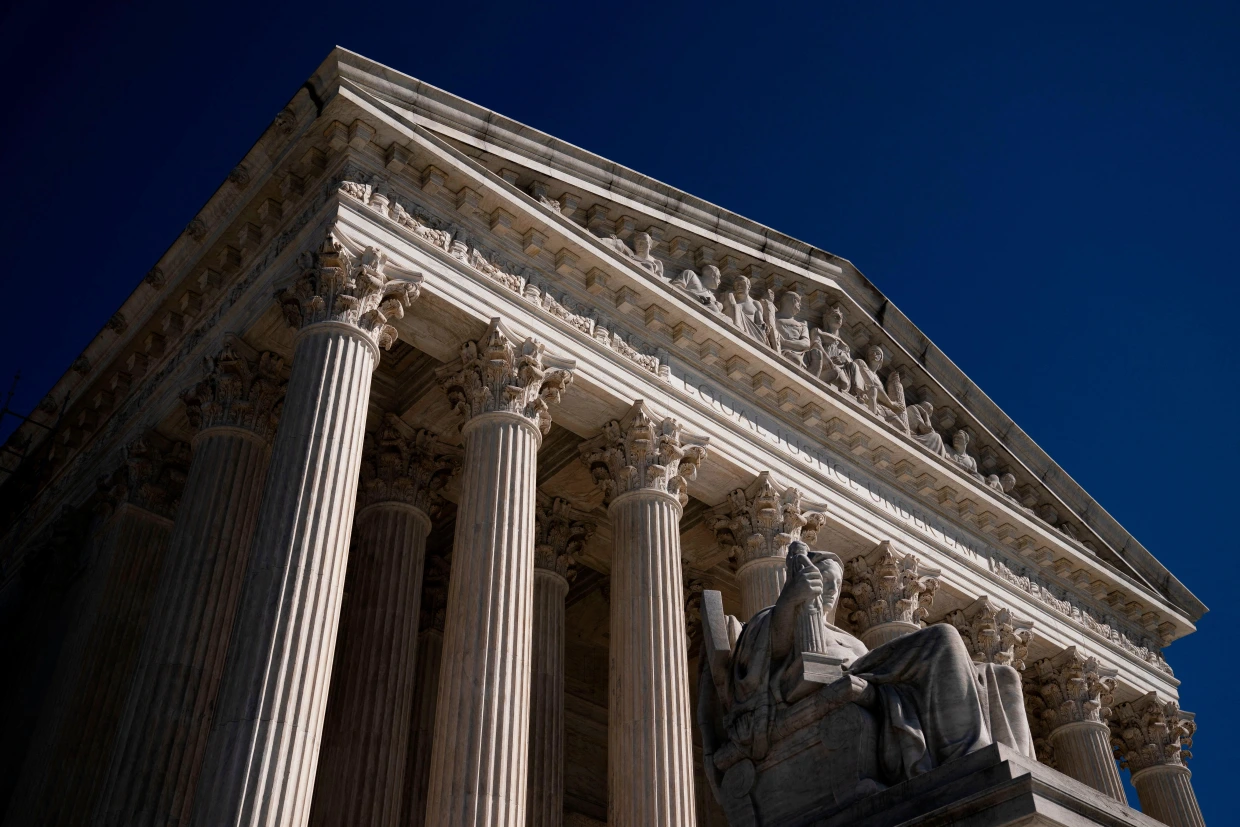In response to last year’s scandals, the Supreme Court introduced a code of conduct in November. However, a significant issue with this code is its lack of an enforcement mechanism, which has drawn criticism. This deficiency raises questions about the code’s effectiveness in ensuring judicial accountability and maintaining public trust in the court.
Justice Elena Kagan highlighted this problem during a legal conference in California, noting that most rules include enforcement mechanisms, which this code lacks.
Kagan, appointed by Barack Obama, emphasized the importance of having such a mechanism and suggested that lower federal court judges, rather than the justices themselves, should be responsible for enforcement. Her proposal underscores the need for an independent body to oversee the adherence to the code of conduct.

The logistics of implementing such an arrangement and determining appropriate penalties remain unresolved.
Kagan’s view represents only one perspective among the nine justices, and there may be significant disagreement, particularly from justices like Clarence Thomas and Samuel Alito, who have been central figures in recent controversies. This internal divide complicates efforts to establish a consensus on enforcement.
Despite these challenges, Kagan’s advocacy for accountability is crucial, similar to President Joe Biden’s push for court reforms. While Biden supports an enforceable code of conduct, achieving this reform is unlikely with a Republican-controlled House and a predominantly conservative Supreme Court, which may deem such measures unconstitutional. Kagan’s public stance serves to inform and engage the public in the ongoing debate over judicial accountability.
Kagan’s remarks also touched on broader issues of court reform, including term limits and expanding the number of justices. She stressed the importance of respecting legal precedents, particularly in light of the court’s recent decision to overturn Chevron deference, a key precedent in administrative law. This decision led to her strong dissent, criticizing the majority for overstepping judicial boundaries. The court’s resistance to simple ethical reforms reflects its broader tendency to maintain power through its rulings and operations.


